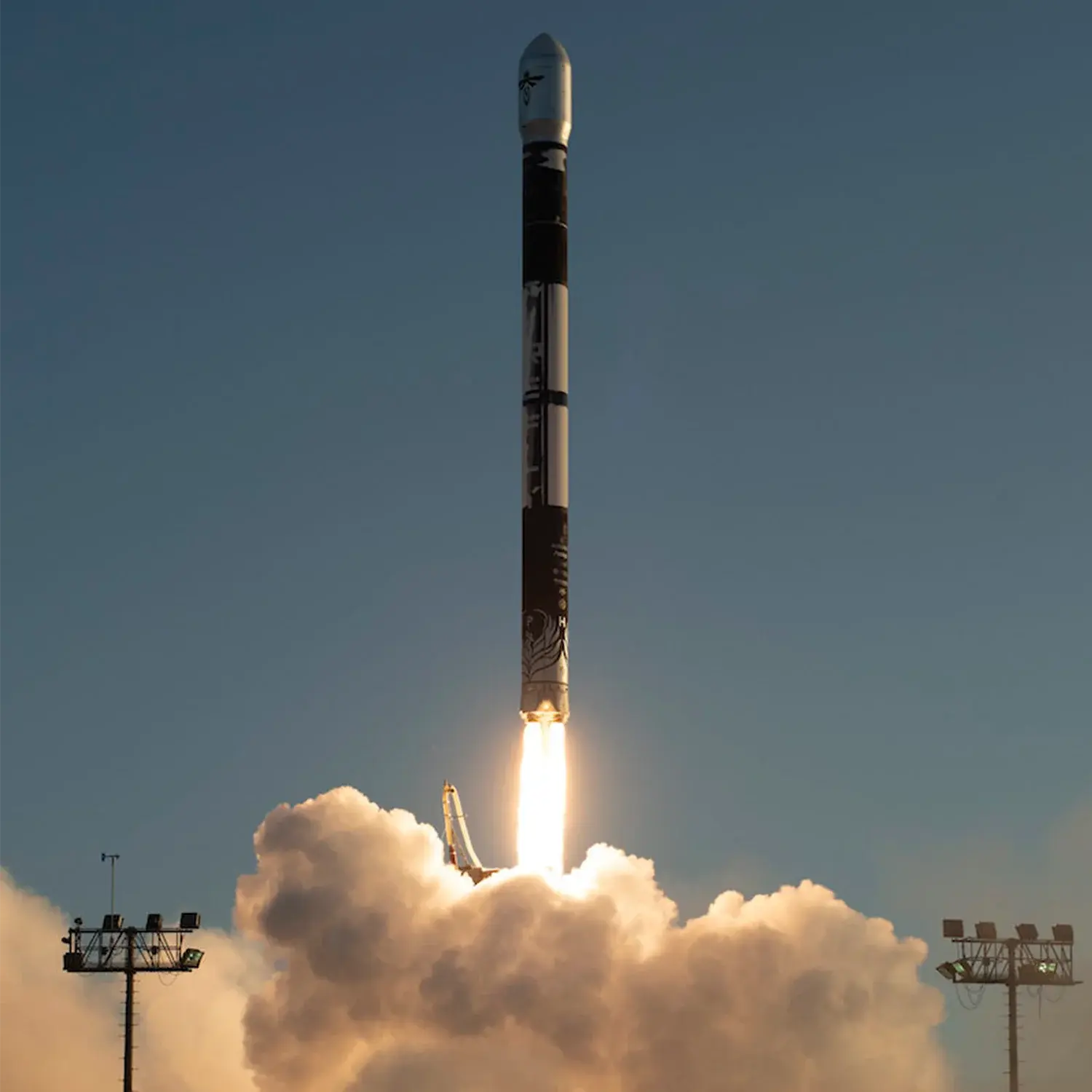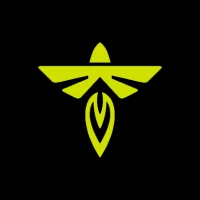Noise of Summer
Launch Success
Liftoff Time (GMT)
04:04:00
Thursday July 4, 2024
Watch Replay
NASASpaceflight.com
Mission Details
Read Article
R5-S2-2.0
R5 S2 and R5 S4 are 6U CubeSat technology demonstration missions by NASA's Johnson Space Center, Houston, intended to assess the suitability of commercial off-the-shelf components for free-flying extravehicular inspection capabilities including cameras, computers, and algorithms. These two 6U CubeSats are the first in the R5 series to include cold gas nitrogen RCS propulsion systems. Both are scheduled to launch to space in late 2022 for testing of both hardware and software systems needed for robust and low-cost in-space inspection.
Sun-Synchronous Orbit
1 Payload
CatSat
CatSat is a 6U CubeSat being built and tested by University of Arizona students, faculty, and staff. The satellite will launch atop a Firefly Alpha rocket into a nearly sun-synchronous orbit around the Earth. Thanks to some trickery on behalf of orbital mechanics, this peculiar orbit ensures that the satellite will constantly remain in daylight, maximizing the capabilities of the mission. During the mission’s six-month expected lifetime, CatSat will detect high-frequency signals from HAM radio operators all around the globe with its WSPR antenna, demonstrate an inflatable antenna for high bandwidth transmission, and provide high-resolution imaging of the Earth. The data this satellite provides will give insights into the variation of the ionosphere and the technical capabilities of the new systems being tested.
Sun-Synchronous Orbit
1 Payload
KUbe-Sat-1
If successful, KUbeSat1 will be the first satellite put into orbit by a major University in the State of Kansas. It is a 3U satellite that carries three main payloads: a Primary Cosmic Ray Detector (PCRD) to measure primary cosmic rays hitting the Earth, a High-Altitude Calibration instrument for KUbeSat (HiCalK) used for measuring very high frequency (VHF) from cosmic ray interactions with the atmosphere, and a camera to capture images of both Earth and space.
Sun-Synchronous Orbit
1 Payload
MESAT1
Maine's first small satellite, MESAT carries three payloads designed by students in Falmouth High school, Fryeburg Academy, and Saco Middle School. UMaine and USM engineering teams are collaborating on building the satellite and getting it ready for launch in collaboration with AMSAT and NERRS. The CubeSat's launch is funded by the NASA CSLI program and its design and development are sponsored by NASA, MSGC, and UMaine.
Sun-Synchronous Orbit
1 Payload
R5-S4
R5 S2 and R5 S4 are 6U CubeSat technology demonstration missions by NASA's Johnson Space Center, Houston, intended to assess the suitability of commercial off-the-shelf components for free-flying extravehicular inspection capabilities including cameras, computers, and algorithms. These two 6U CubeSats are the first in the R5 series to include cold gas nitrogen RCS propulsion systems. Both are scheduled to launch to space in late 2022 for testing of both hardware and software systems needed for robust and low-cost in-space inspection.
Sun-Synchronous Orbit
1 Payload
SOC-i
SOC-i (Satellite for Optimal Control and Imaging) is a technology demonstration that will demonstrate an experimental attitude control scheme on orbit and provide educational opportunities to students at the University of Washington, Seattle. SOC-i uses an in-house developed and built 2U CubeSat satellite bus. The experimental GNC system is capable of reorienting the spacecraft while guaranteeing hard pointing constraints and minimizing the power drawn by the set of four reaction wheels. To orient the SOC-i spacecraft, the GNC system uses the 4RW0 reaction wheels from NanoAvionics as the primary actuators for the attitude control system. Five magnetorquers complement these wheels and are built into the solar panels on each face except on the bottom, where the camera is located. For attitude estimation, the GNC system uses a single digital sun sensor custom-built into the solar panels, three 3-axis magnetometers, and three 3-axis gyroscopes. The imaging system serves as one of two payloads for the SOC-i mission. A single uCam-III from 4D Systems was selected as the onboard camera and is mounted on the bottom end of the 2U chassis. It was selected in 2020 by NASA's CubeSat Launch Initiative (CSLI) program by the CubeSat Launch Initiative (CSLI) to be launched as part of the ELaNa program.
Sun-Synchronous Orbit
1 Payload
TechEdSat 11
The TechEdSat 11 (TES 11) is a 6U (2×3U) CubeSat that will function as a high-temperature, accurate deorbit reentry nanosatellite. TechEdSat-10 contains 150 watt-hours of power storage, eight radios, nine processors, and a graphics processing unit. Additionally, the small satellite carries four cameras, including a stereoscopic virtual reality camera experiment. Like several TechEdSat missions before it, this mission is demonstrating the exo-brake technology in its largest iteration to date. The exo-brake is designed to deploy an umbrella-like "brake" to increase drag and take a small satellite out of orbit. In this mission, the exo-brake can be controlled or modulated by commands from the ground in order to target a re-entry point. In the future, this could enable sample return missions from orbit and future planetary missions. Additionally, it hosted the DCS Use Concept Validation project to determine if satellites, primarily small satellites in low earth orbit, can successfully interface with the data collection system (DCS) receivers and thus provide low-rate data (100, 300, or greater bps) service to satellite users; primarily to assist in launch, early orbit, and anomaly (LEO&A) operations or low data required observations. It was selected by NASA's CubeSat Launch Initiative (CSLI) to be launched as part of the ELaNa program.
Sun-Synchronous Orbit
1 Payload
Serenity
Serenity, developed by Teachers in Space (TIS), is 3U CubeSat that will provide low-cost opportunities to test educational experiments in space. Teachers in Space has previously guided high schools and other academic institutions in developing and flying experiments suborbitally with high-altitude balloons, stratospheric gliders, and rockets. This will be the first orbital satellite mission for TIS. Serenity will be carrying a suite of data sensors and a camera that will be sending data back to Earth through the use of HAM radio signals. There will be several ground stations connecting with the satellite during its orbital period. These ground stations will be collecting data and pictures sent back down to Earth. The satellite was one of the passengers on the maiden launch of the Firefly-Alpha rocket but was lost in the launch failure. A reflight was on the second Firefly-Alpha rocket and reached orbit, although lower than planned.
Sun-Synchronous Orbit
1 Payload
Launch Site

S
W
Launching
Southwest
Stats
Alpha
5th
Mission
1st
Mission of 2024
2024
127th
Orbital launch attempt

